In this article, I analyse how a B2B SaaS founder has tripled his revenue in an year using SEO. This case study will talk about how focusing on high intent keywords for SEO can help B2B companies successfully implement their SEO strategy. Read on to find how this B2B SEO case study can help you scale your own B2B SaaS business.
Introduction
I talked to Elliot Boucher, co-founder of a SaaS company called Edusign. Elliot is based out of France & primarily sells to french market.
Edusign helps educational institutes like universities, training centres etc. to automate the tedious process of managing attendance. It provides tools to ensure all of the attendance process is digitised. When we talked, Edusign was doing around 80,000$ MRR & tripled the revenue over past 12 months. He has very successfully implemented SEO strategy where they rank consistently at top for all “attendance” related keywords in french. This was responsible for almost 50% of his new growth over the last year.
Context
Let’s understand a bit more about the product, customers & market landscape. This context should help us better understand Elliot’s growth journey.
Product
Imagine that you are administrator at an educational institute. One of your responsibilities would be track to who is attending various courses. You could use this attendance data for multiple reasons. Elliot says that in France & parts of Europe, this data is very crucial for training institutes to get funding etc to run those courses.
If we think about it, most of attendance tracking at various institutes still happens through physical signatures. Naturally it’s hard to validate the authenticity of these signatures as well. Once these students sign on a physical copy, it’s not an easy process for course administrators to validate & digitise this data. They have to manually enter them into excel sheets etc. so that they can use this data further.
This is where Edusign comes in. It basically takes this laborious manual process & makes it fully digital, saving tons of time for these administrators. Essentially, Edusign provides tools for students ( both physical & remote ) to sign during a class & tools for administrators to use this data to track attendance & generate reports. All while saving tons of time.
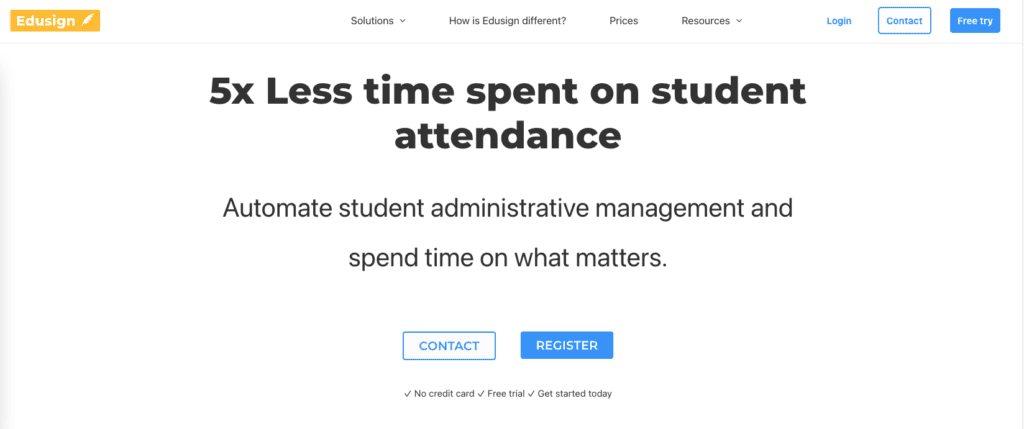
Ideal Customer
Elliot says that universities, higher education institutes are his ideal customers. The end user of the product is primiarily administrative folks at these universities. Most of these folks do all of it manually now & Edusign helps them digitise this process. He also mentions that even though they understand technology & use few tools, most of them are pretty old. Product wise his tool essentially replaces the manual process & sometimes excel sheets, thus being able to save lots of time.
Case in example
When I asked to quantify how much of a time his product saves for his end users, Elliot talked about an example. There is this administrator who manages around 1000 students. Before using Edusign she used to spend most of her time to manage the attendance sheets, as they were collected manually. But once she started using Edusign, she just spends one day a week to do all of this stuff & ended up saving around 4 days. That’s 80% of her time saved, which is really huge.
Customers, revenue & growth
Edusign has around 1000 paying customers up from about 300 a year ago. They were at around 25,000$ MRR a year ago & tripled their revenue to 80,000$ MRR over the past 12 months. They serve to around 12,000 administrators on their platform & end up touching whopping 600,000 people ( including students etc.) overall.
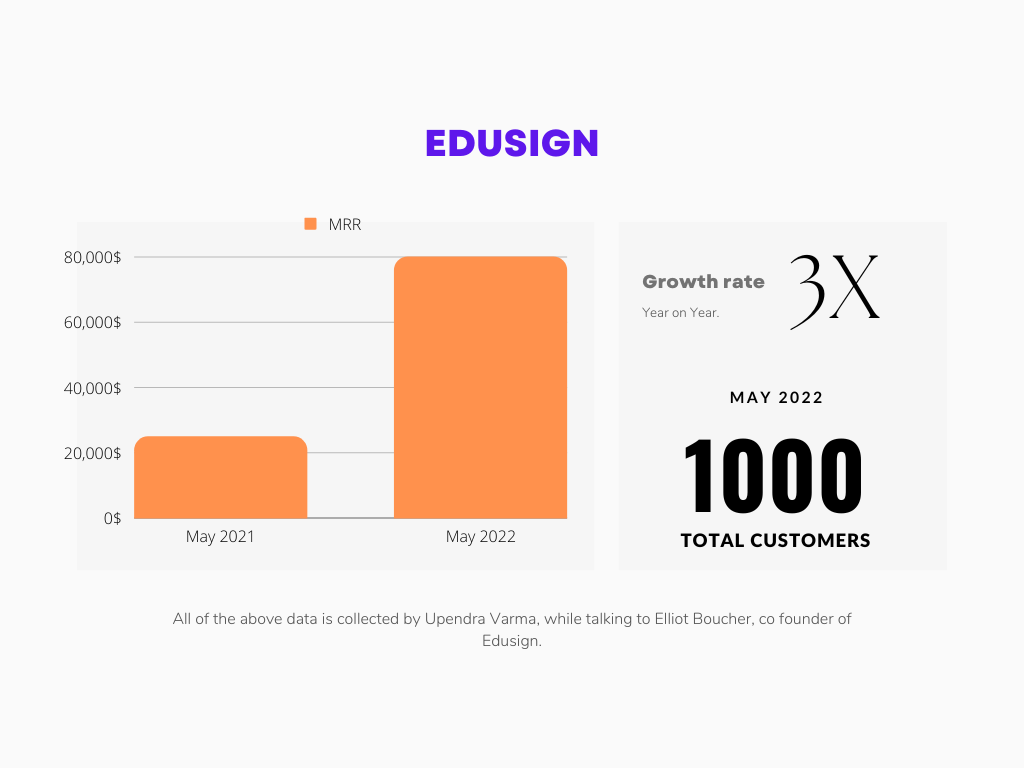
Growth channels
Let’s understand the growth journey so far. Elliot says when he started out he realised that most of his competitors were doing pretty badly in terms of SEO & inbound marketing in general. He didn’t want to focus on other acquisition channels, given SEO is one of his key strengths. From day one, they focused on ranking for all relevant keywords. So good are the results, that today Edusign ranks top for every attendance related keyword in french.
Around 50% of new growth last years is driven organically by SEO itself. Around 35-40% of the growth comes from affiliates & rest from other marketing efforts in general. I deep dived into this SEO strategy to understand various processes that made him so successful, so that this B2B SEO case study can be replicated.
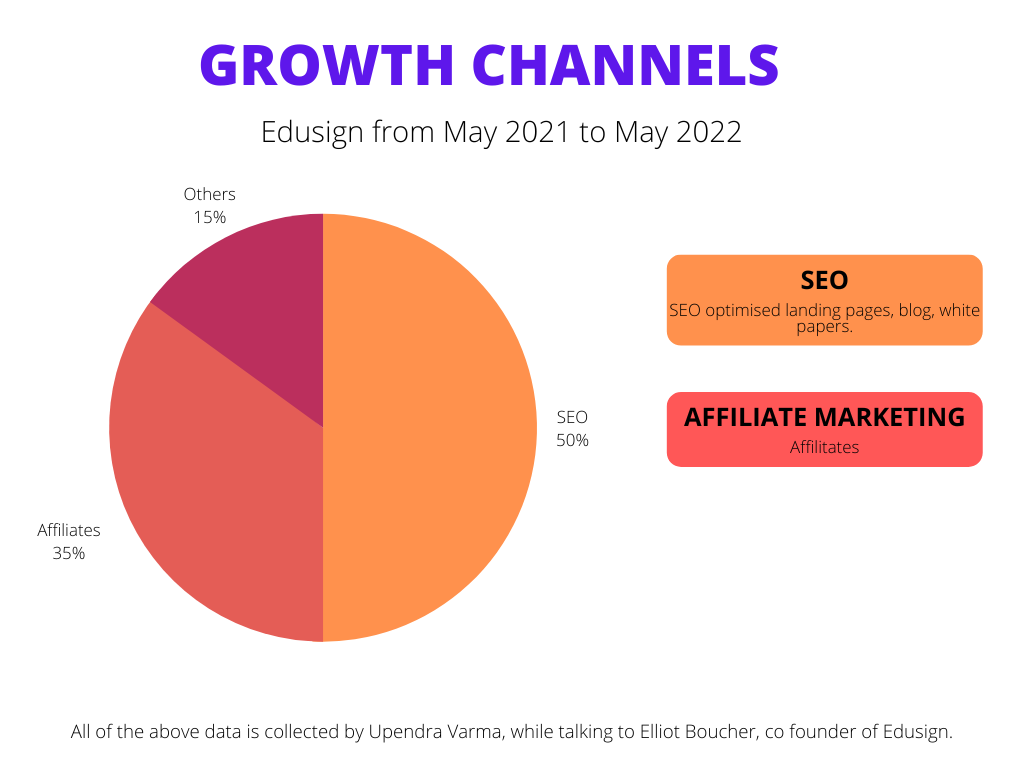
B2B SEO Case Study
Which SEO keywords to target for B2B businesses ?
High intent keywords is what Elliot primarily focused on. The idea here is that when you rank for keywords which have very high intent of buying your software, your conversions rates are going to be very high. Even if the traffic to these keywords is low, the sheer conversion rate will ensure that you will end up with high quality leads. Elliot says it’s much better to focus on these high intent keywords, rather than chasing vanity traffic, which hardly convert at all.
What type of SEO content is generated ?
There are basically two types of content that Elliot focused on. He basically took these high intent keywords where he could rank potentially very high & understood the actual intent of the users. He then started giving users what they are looking for. These included simple landing pages, free attendance templates, white papers etc. This type of content is created primarily to drive this traffic further down the funnel.
Even though, the above content satisfies the intent of users, they serve a very limited purpose. Elliot says that you need to add value to users more that once, to be able to convert them into a customer. That’s where this second type of content comes in. He created lots of blog posts, podcasts etc. focused at educating & helping his potential customers. Even though they might not be ranked very highly for few keywords, they add value to users once they discover this content. It becomes easier to convert a customer once they start deriving value from you.
Does backlinks matter in B2B SEO ?
The answer is obviously yes. Will I definitely need decent number of backlinks to start ranking higher ? Probably not. That’s what Elliot says. A lot of people, especially during their initial days avoid working on SEO, as they feel it’s going to be a daunting task building back profiling links. But Elliot says it’s not really the case. One can absolutely rank higher by just focusing on generating right content & by targeting key words properly. Having domain authority obviously helps, but not really needed all the time. Very interesting insight from this B2B SEO case study. This is definitely an encouraging sign for B2B SaaS founders during their initial days.
How does the funnel look like ?
Once a user lands on his website, the conversion to trial is around 8%. Trial to paid conversion is around 20%. He has some very good SEO optimised pages where landing to trial conversion rate goes as high as up to 25%.
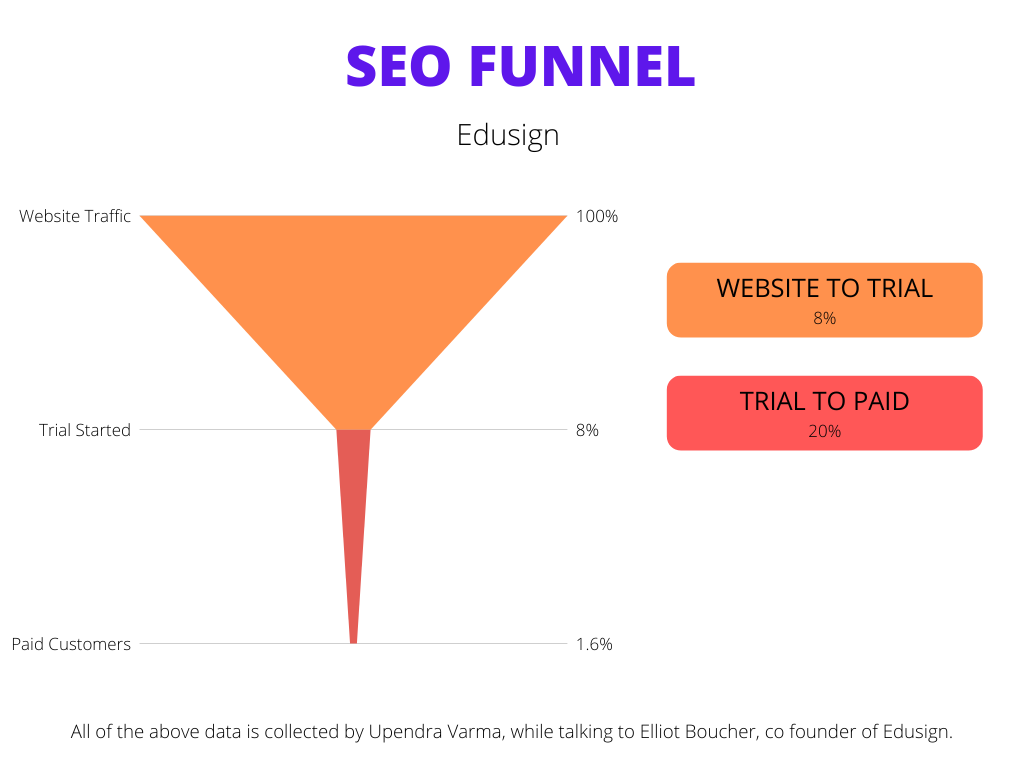
SEO is a long term game
If there is one thing that I want you to take home from this B2B SEO case study it’s this – “SEO is a long term game”. It’s well known that one needs look at SEO as a long term acquisition channel, rather than something like cold email outbound (or) ads where results are almost instantaneous. Elliot says that most founders underestimate the long term value of SEO. He says that once you rank well, it’s more or less forever. You are going to get traffic consistently for the next 3-10 years. That’s how powerful SEO is.
When he started out, Elliot ended up picking 50 high intent keywords & writing content continuously for weeks. It took him around 6 months to start ranking first for few key words. He says SEO is not just about ranking that one page, it’s more of a content creation strategy that you will need to plan & execute.
He also says it’s not a predictable process all the time. He gives an example of a blog page which hardly got any traffic for the past 6 months & all of sudden it’s his second most performing page this month. The reason he says is not clear, showing how unpredictable it might be sometimes. But overall if you have a good content creation strategy which ranks higher for keywords that people are looking for, you are going to be successful in the long term.
Conclusion
Starting the company in March 2020, Elliot started his company with his co-founder Gregoire. He has around 18 folks in the company today with around 7 engineers. They raised around 1 MN Euros last November to allow them to scale & grow faster. It was real fun talking to him & deep dive into his successful SEO strategy. Checkout the episode below to listen to our full conversation here.

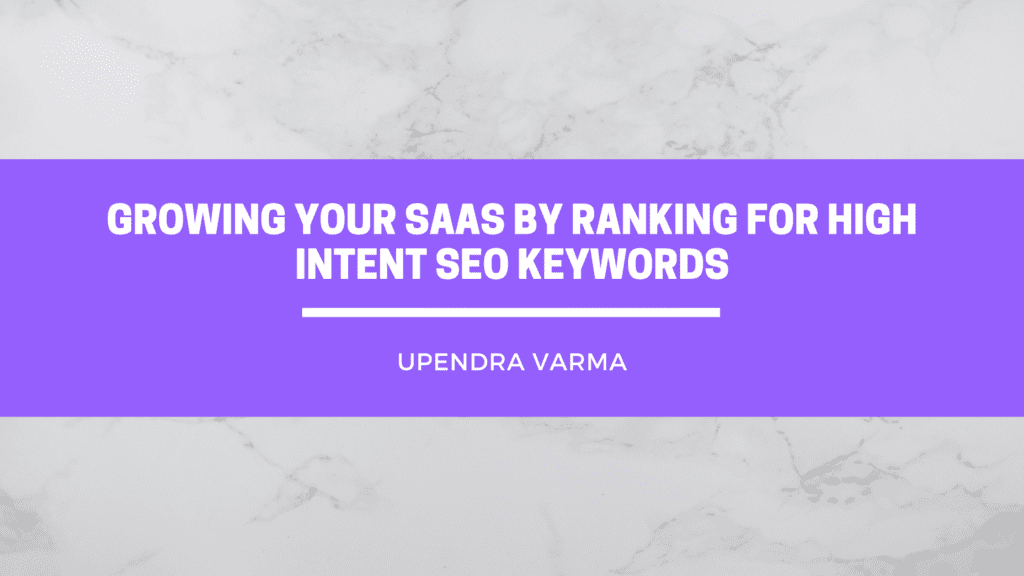
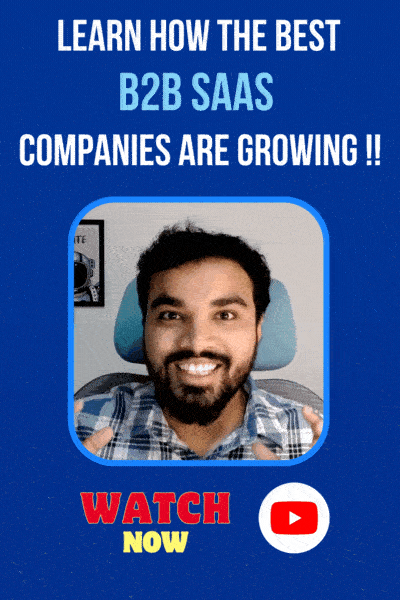
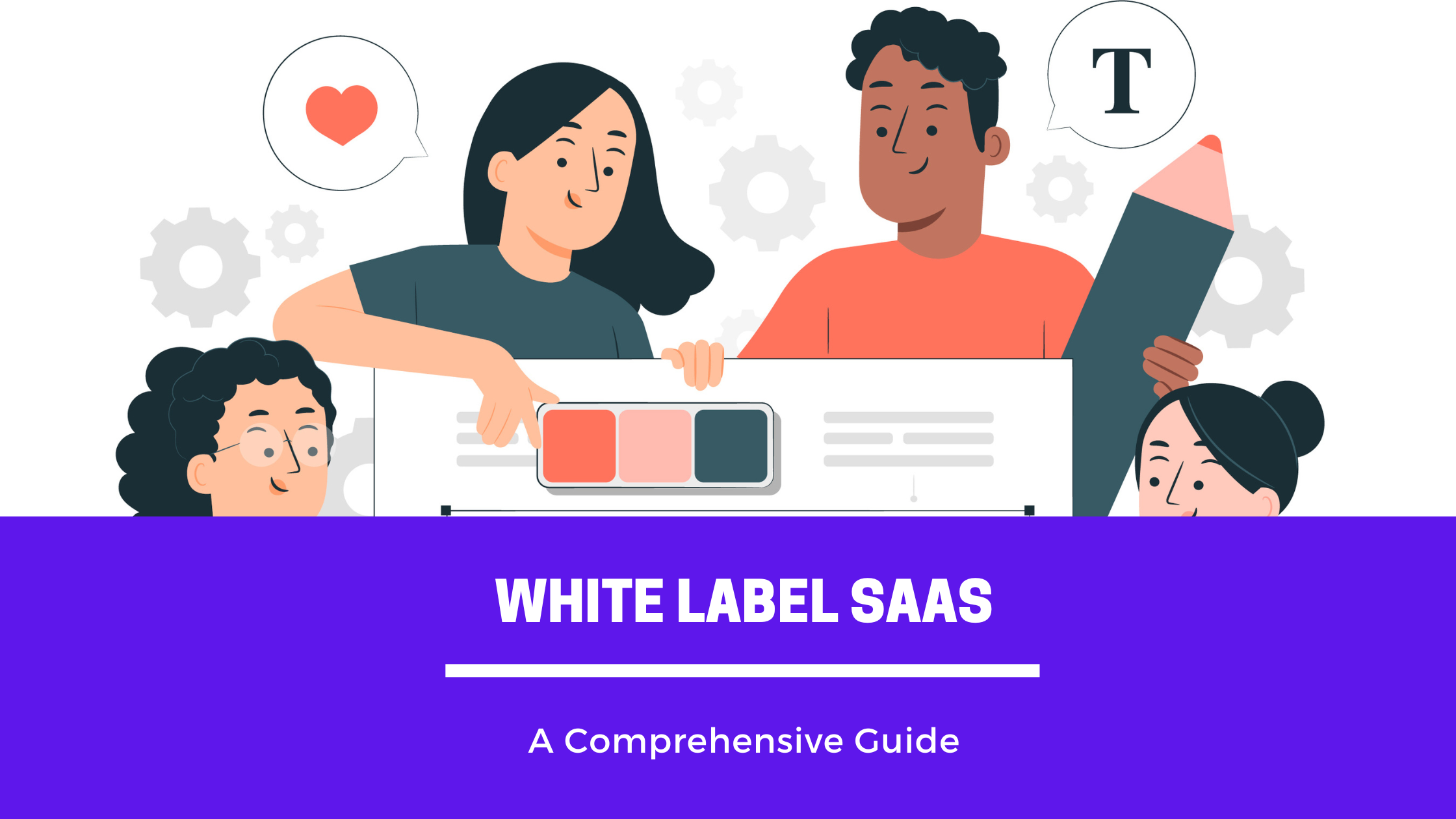
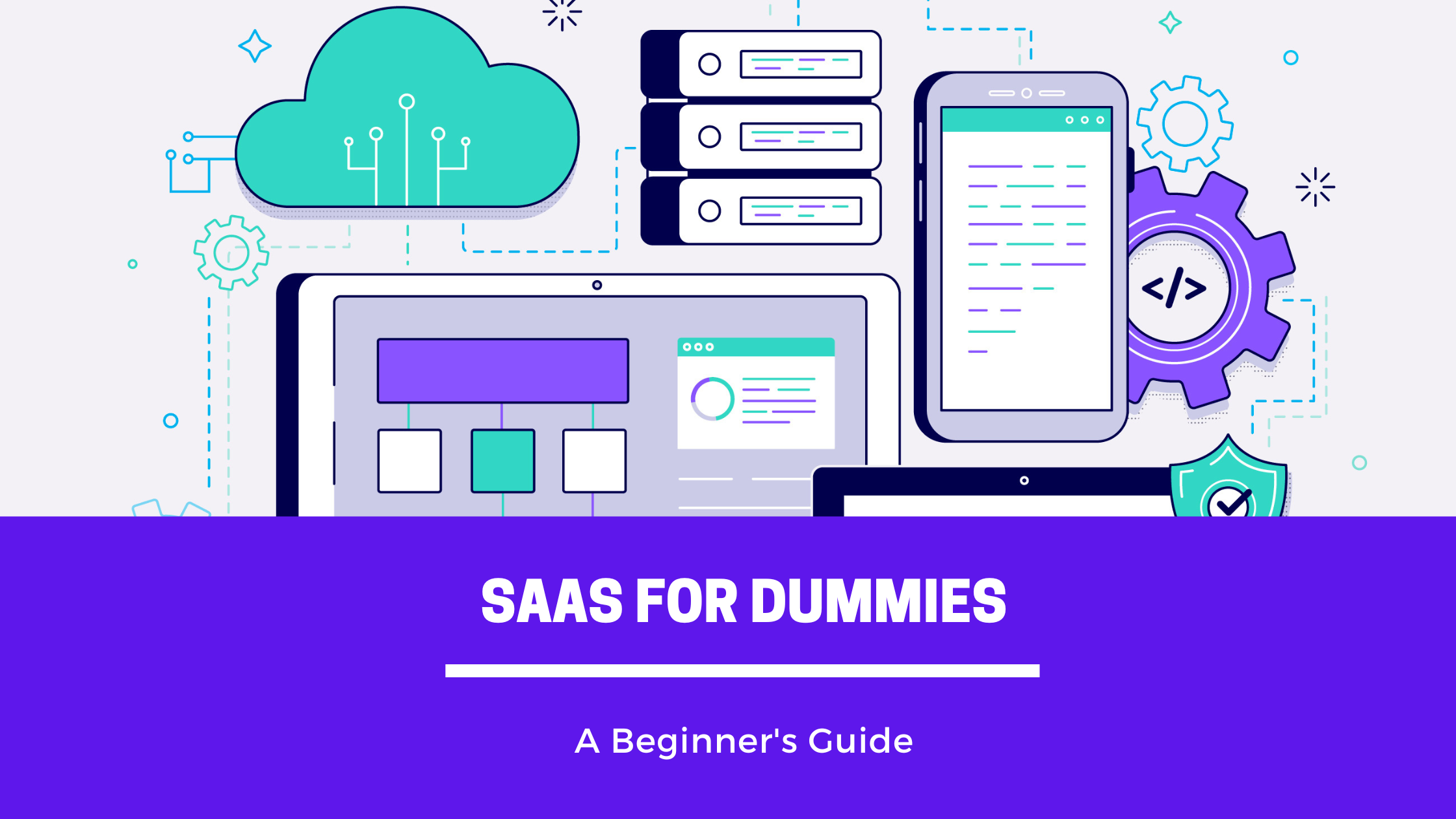
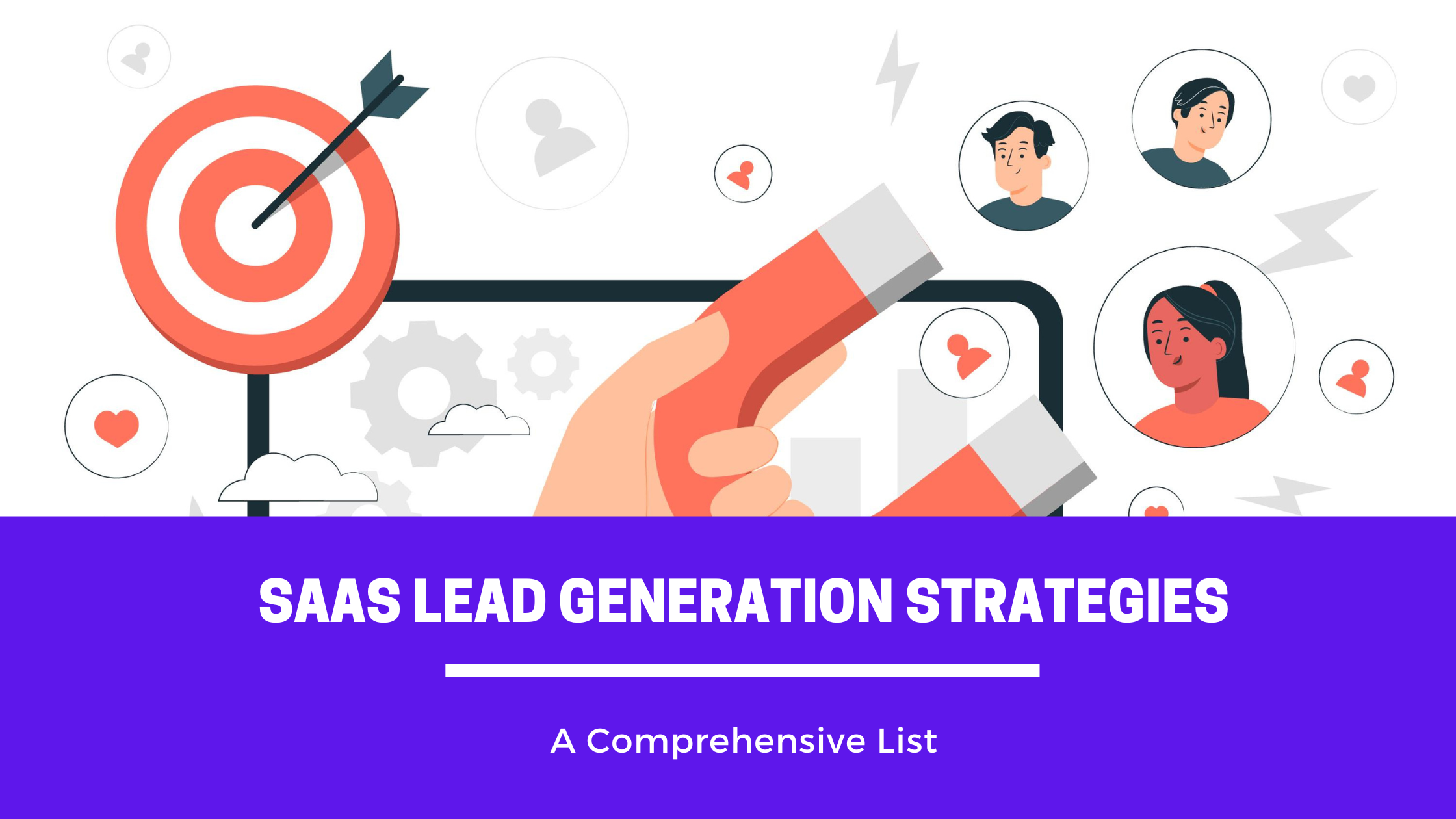
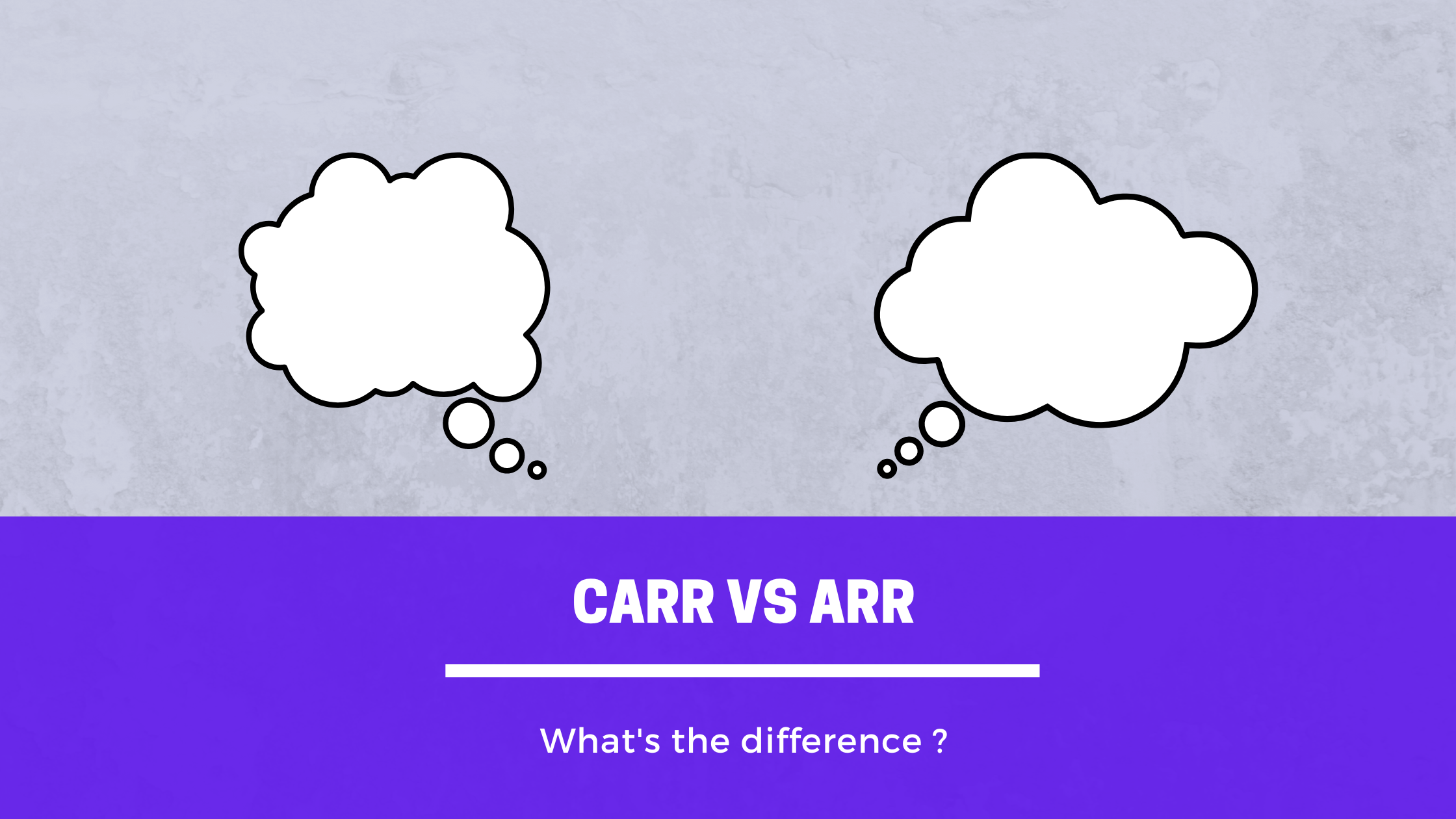
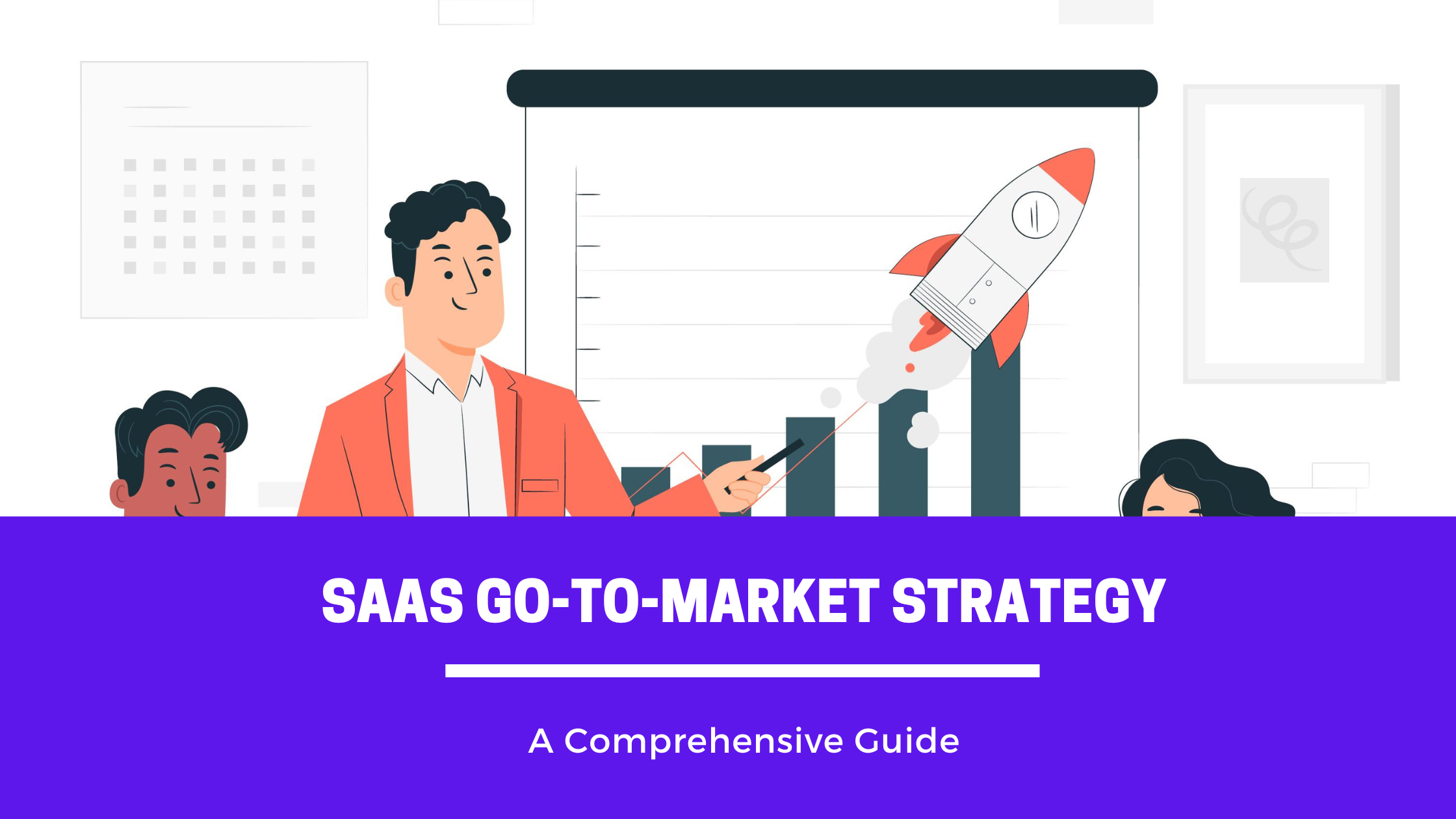
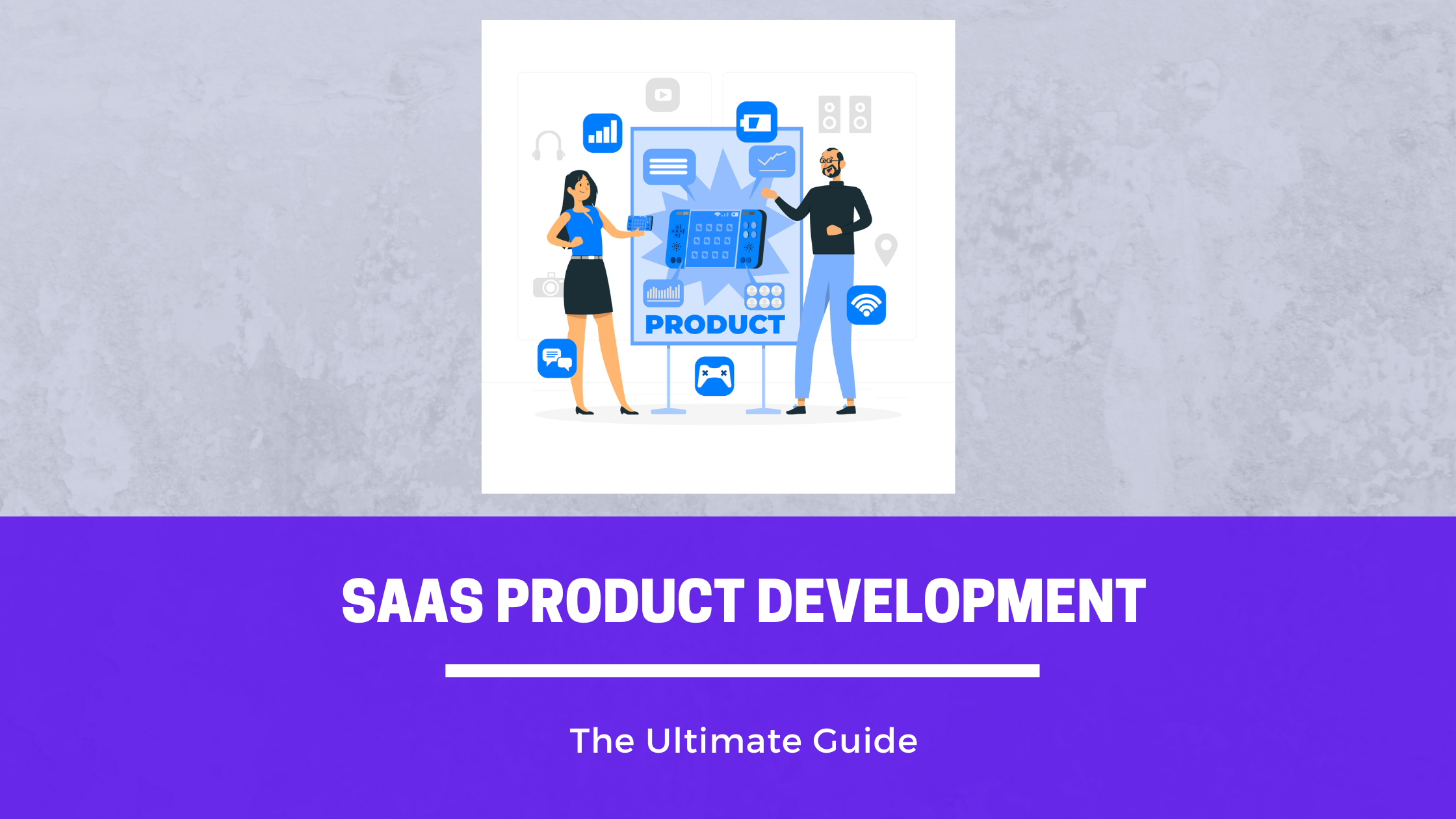
7 Responses
Thanks for your blog, nice to read. Do not stop.
Thanks for your blog, nice to read. Do not stop.
I have read your article carefully and I agree with you very much. This has provided a great help for my thesis writing, and I will seriously improve it. However, I don’t know much about a certain place. Can you help me?
Cool. I spent a long time looking for relevant content and found that your article gave me new ideas, which is very helpful for my research. I think my thesis can be completed more smoothly. Thank you.
Reading your article helped me a lot and I agree with you. But I still have some doubts, can you clarify for me? I’ll keep an eye out for your answers.
Your point of view caught my eye and was very interesting. Thanks. I have a question for you.